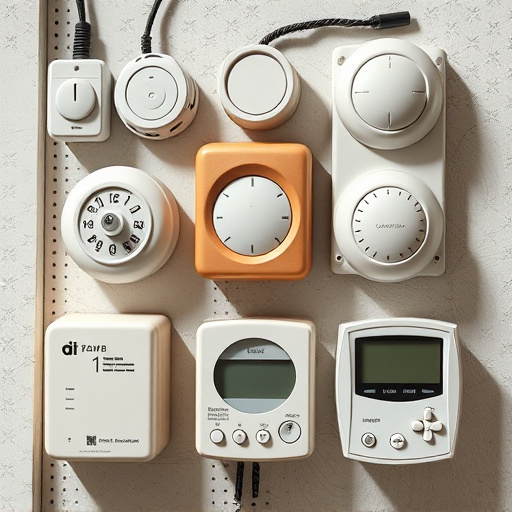Night walkers can enhance safety by using personal alarms with loud sounds (120-150 decibels) and good distance range (50-100 meters). Key features include water resistance, durability, GPS tracking (optional), and proper maintenance like regular testing and battery checks. Understanding the Best Personal Alarm Sound Distance helps deter threats and gives authorities crucial response time, ensuring safe evening routines.
In the quiet darkness, night walkers often face unseen dangers. Enhance your safety with emergency safety devices designed specifically for low-light conditions. This comprehensive guide explores the importance of these tools and delves into key features to consider in personal alarm devices, focusing on optimal sound distance—the best personal alarm sound and range. Additionally, learn tips for effective use and maintenance to ensure your equipment is always ready when needed.
- Understanding the Importance of Emergency Safety Devices for Night Walkers
- Key Features to Consider in Personal Alarm Devices
- Top Picks for Best Personal Alarm Sound and Distance
- Tips for Effective Use and Maintenance of Emergency Safety Equipment
Understanding the Importance of Emergency Safety Devices for Night Walkers
In the quiet darkness of night, navigating unfamiliar paths can be daunting for any individual, especially those who engage in regular night walks for health or leisure. This is where emergency safety devices step in as vital tools to ensure their well-being. Understanding the importance of these devices goes beyond mere convenience; it’s about enhancing personal security and peace of mind during solitary evening strolls.
For instance, a high-decibel personal alarm can be a game-changer when facing unexpected hazards. The best personal alarm sound distance is designed to alert nearby individuals or authorities, providing crucial time in potential dangerous situations. Armed with this knowledge, night walkers can confidently embrace the tranquility of evening walks while staying protected.
Key Features to Consider in Personal Alarm Devices
When choosing a personal alarm device for night walking, several key features should be at the top of your list. Firstly, loudness of the best personal alarm sound is paramount. You want a device that can emit a piercing noise ranging from 120 to 150 decibels to startle potential threats and draw attention. This ensures maximum effectiveness in emergency situations.
Secondly, distance coverage is crucial. Look for devices with alarms that can be heard up to 50-100 meters away under optimal conditions. This range provides a safety net, allowing you to activate the alarm even if it takes a few seconds to reach your location. Additionally, consider water resistance and durability, especially if you plan to use the device in various environments, ensuring longevity and reliability when you need it most.
Top Picks for Best Personal Alarm Sound and Distance
When it comes to choosing a personal alarm for night walks, the best sound and distance are key factors for ensuring your safety. Look for devices that offer high-decibel alarms, typically ranging from 120 to 130 decibels, which is loud enough to startle potential threats and draw attention. This volume level is recommended by many law enforcement agencies as an effective deterrent.
Distance is also crucial; the best personal alarms should emit a signal that can be heard clearly up to 50-100 meters away. Some advanced models even feature GPS tracking, allowing you to monitor your location and that of the alarm if needed. This combination of loud sound and good range provides a robust safety net during evening or nighttime walks.
Tips for Effective Use and Maintenance of Emergency Safety Equipment
When utilizing emergency safety equipment, such as personal alarms, ensuring their effective use and regular maintenance is paramount. Start by familiarizing yourself with the device’s operation; understand the trigger mechanisms, volume levels (including the best personal alarm sound distance for maximum effectiveness), and any additional features like strobe lights or GPS tracking. Regular testing of these devices is crucial to guarantee they function properly when needed.
Maintenance includes keeping the equipment clean and dry, ensuring all batteries are fresh, and regularly checking the device’s overall condition. Note that some models may have specific care instructions, so refer to the manufacturer’s guidelines. Additionally, register your alarm with local emergency services to ensure a swift response in case of activation.
When night walking, prioritizing safety is paramount. Investing in a reliable personal alarm device equipped with a loud, distant-reaching sound can serve as a powerful deterrent against potential hazards. By considering key features, understanding best practices for use and maintenance, and choosing top-rated models featuring the best personal alarm sound and distance, you can enhance your security while exploring in low-light conditions. Remember, staying prepared is the first step towards ensuring a safe and enjoyable night on the trails.
